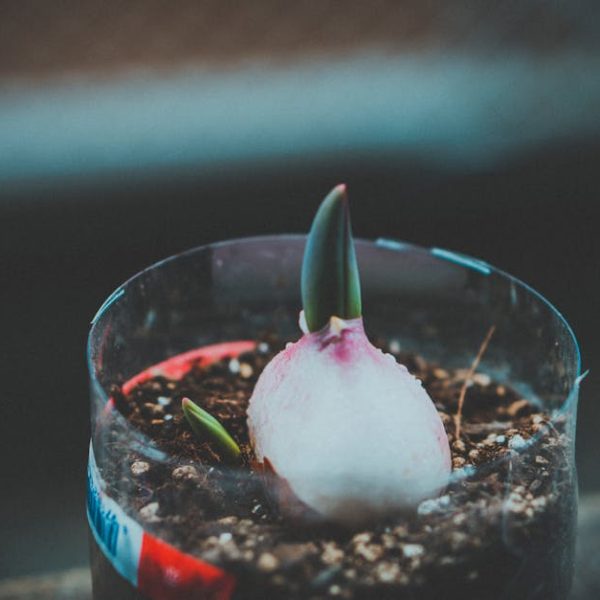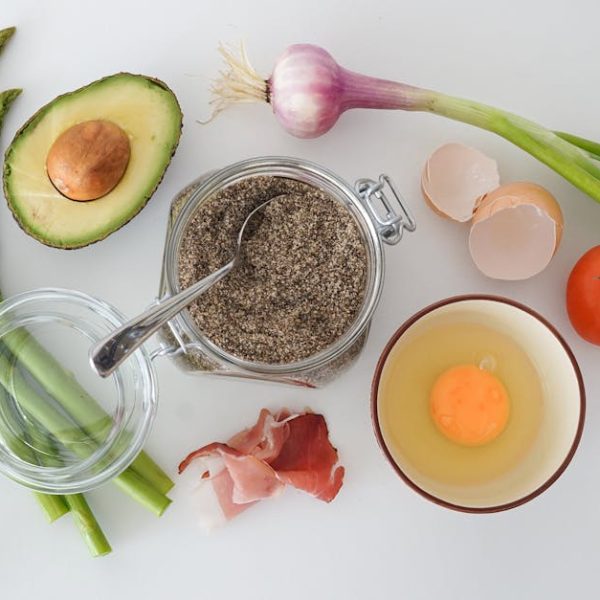If the golden hues of butternut squash remind you of cozy autumn dinners or nutritious winter soups, then you’ve come to the right place. Butternut squash is incredibly versatile and offers a cornucopia of health benefits. With these easy tips, you can store and preserve this wholesome produce to incorporate into your meals year-round.
Choosing the Right Butternut Squash for Storage
The journey to excellent storage starts with carefully selecting the right picking butternut squash at the grocery store or farmers market. Ensure your squash boasts a uniformly beige or warm tan color. The skin should be hard and free of cuts or blemishes. When you pick it up, it should feel heavy for its size—an indication of its solid flesh and low water content.
The ripeness of your squash also plays a big role. A ripe butternut squash is great for immediate use, however, for storage purposes, opt for one that’s largely ripe but not fully matured. A completely ripe butternut squash tends to deteriorate faster during storage.
Your squash should ideally:
- Have a uniform beige color
- Be hard and free of cuts
- Feel hefty in hand
- Be mostly ripe but not fully matured
Proper Handling of Butternut Squash Pre-Storage
Once you’ve handpicked the best squash, pre-storage care is paramount to put off rot or spoilage. Handle your squash with care to prevent unwanted nicks or cuts which can foster decay. When it comes to cleaning, less is indeed more. Washing the squash right before cooking it is recommended to prevent premature spoilage. If you’re deliberating whether to cut the butternut squash before storing, keep it whole. Cutting can potentially introduce bacteria leading to spoilage.
Pro Tip: Do not wash or cut the squash before storing. Doing so can invite unwanted moisture and bacteria, leading to faster spoilage.
Methods for Storing Fresh Butternut Squash
Fresh butternut squash flourishes best at a temperature around 50-60°F (10-15°C), coupled with moderate humidity. Larders, basements, or pantries can make ideal storage places since they keep the squash cool, dry, and dark.
Step-by-Step Guide to Storing:
- Choose a storage spot that is cool (50-60°F), dark, and dry
- Place the squash on a rack or a newspaper to prevent any chance of moisture accumulation
- Leave some space between each squash to allow for adequate air circulation
Best Practice: Rotate or gently shift the position of the squash every week to prevent rot at the bottom and to check for any signs of spoilage.
Stay tuned for the next 500 words on preserving butternut squash through freezing, explaining methods of canning and dehydrating squash, and tips on maintaining the freshness of stored squash. Engage in these beneficial practices and add a dash of nutrition to your meals any time of the year.
Preserving Butternut Squash Through Freezing
Freezing is arguably one of the best forms of preservation for butternut squash because it effectively maintains the vegetable’s color, taste, and nutritional value. The key to successful freezing lies in blanching your squash before freezing it.
Blanching consists of briefly boiling the squash and then quickly cooling it in an ice bath. This process deactivates the enzymes that cause the squash to mature and degrade, thus preserving its quality during storage.
Step-by-Step Guide to Blanching and Freezing:
- Peel the squash and remove the seeds
- Cut the squash into 1-inch cubes
- Bring a pot of water to a rolling boil
- Add the squash pieces and let them boil for about 3 minutes
- Promptly remove the pieces and dunk them into icy water to halt the cooking process
- Drain the squash pieces well to reduce extra moisture
- Pack the squash pieces into vacuum bags or freezer bags, then seal and put them in the freezer
When it comes to packaging, you can use vacuum bags or freezer bags. While vacuum bags are excellent at preventing freezer burn, freezer bags are more accessible and affordable. Choose what suits your needs best.
Canning and Dehydrating Butternut Squash
For those seeking long-term storage alternatives, canning or dehydrating your squash may be the route to choose. Both methods essentially increase shelf life by reducing the squash’s water content, a wild card element that catalyzes spoilage.
Pro Tip: Treat canning and dehydrating as means to diversify your preservation portfolio, and not necessarily as primary methods over freezing. Properly executed, these methods do well to preserve the nutritional value in your squash.
Quick Guide to Canning and Dehydrating:
For canning:
- Peel and cut your squash into 1-inch cubes.
- Boil the cubes for about 2 minutes, then pack into cans.
- Wah, sterilize, and dry your jars.
- Fill them with the drained, hot squash pieces.
- Process jars in a pressure canner following the manufacturer’s instructions.
For dehydrating:
- Slice the squash into thin slices.
- Arrange on a dehydrator tray, making sure none overlap.
- Set your dehydrator to 125F and dry for 7-11 hours.
Checking Stored Squash for Freshness
Monitor your stored squash regularly for any signs of spoilage such as soft spots, mold, discoloration, or an off smell. While the shelf-life can range from weeks (for fresh, uncured squash) to months (for canned, frozen, dehydrated squash), always remember that whenever in doubt, it’s safer to throw it out.
Signs of a fresh squash:
- Smooth, hard skin
- Absence of soft spots
- No mold or off smells
Signs of spoiled squash:
- Soft, squishy areas on the skin
- Dark spots or mold
- Unusual smells
Remember to check your stored squash at least once every week and especially before cooking for any sign of spoilage. With these simple tips and a proactive approach to squash storage, ensure that this nutritious and versatile ingredient remains in your kitchen year-round. Enjoy those hearty and healthy butternut squash meals any time! Happy cooking!
Key Takeaway:
- Selecting a good quality and less than fully ripe butternut squash is key to better storage and preservation.
- Handling squash carefully and not washing or cutting it before storage prevents rot or spoilage.
- Fresh squash should be stored in cool, dry, and dark spaces for optimal preservation.
- Freezing is an effective preservation method that retains butternut squash’s taste, color, and nutritional value. Blanching before freezing extends shelf-life and preserves quality.
- Canning and dehydrating are alternative long-term storage methods that reduce the squash’s water content to prevent spoilage.
- Regular checks for signs of spoilage is crucial during storage.
Butternut squash is indeed a wholesome produce that can grace your meals throughout the year. As we store and preserve them, let’s remember to treat these natural delights with the care they deserve. Happy storing, preserving, and even happier eating!
FAQs
Q: Can I store cut butternut squash?
A: Yes, you can but it’s best not to in order to prevent the introduction of bacteria which could lead to spoilage. If you had to cut it, ensure to store it in the refrigerator and consume within a week.
Q: Should I peel the butternut squash before storing?
A: No, peeling isn’t required for storage. It’s better to keep the skin on as it offers a natural protective layer for the squash.
Q: Can I store my squash in the fridge instead of a pantry?
A: Refrigerating whole butternut squash is not recommended due to the cold temperature. Instead, a cool, dark and dry pantry or cellar would serve better.
Q: How long can I store frozen butternut squash?
A: Frozen butternut squash, when properly blanched and packed, can last up to a year maintaining most of its nutritional value.
Q: How do I know if my stored squash has gone bad?
A: You should look for signs of mold, soft spots, or an off smell. These are common indicators of spoilage.
We hope you found the article helpful. Feel free to share it with fellow squash foodies and don’t forget to explore more quality content on our website!






